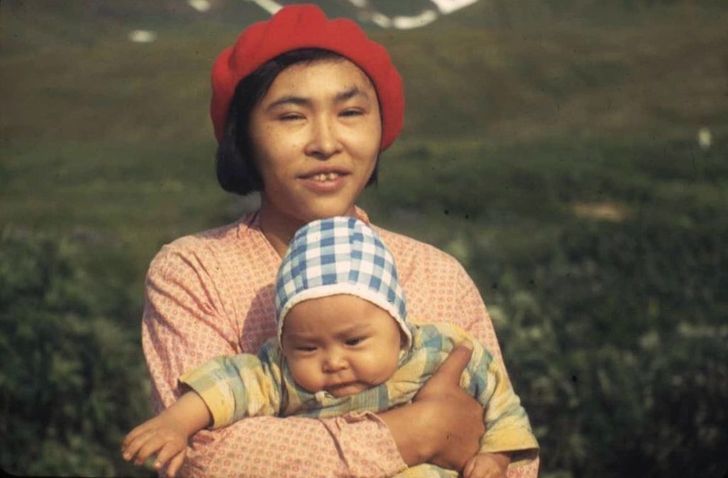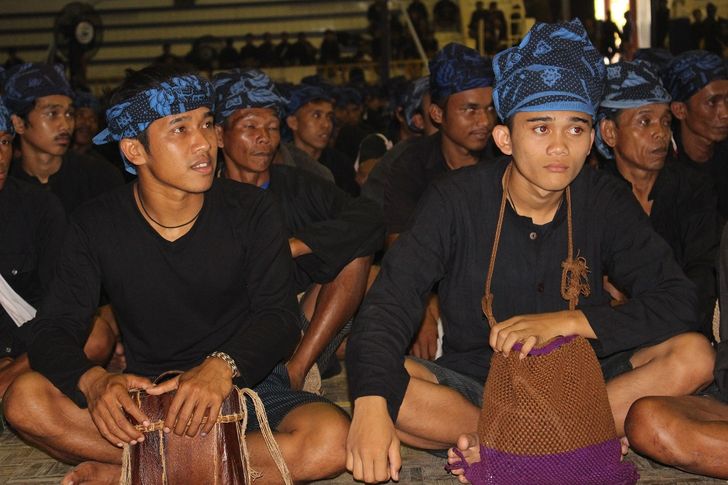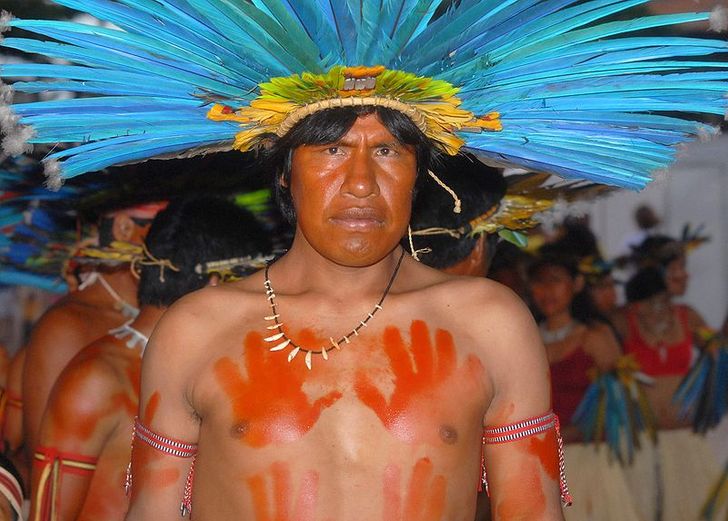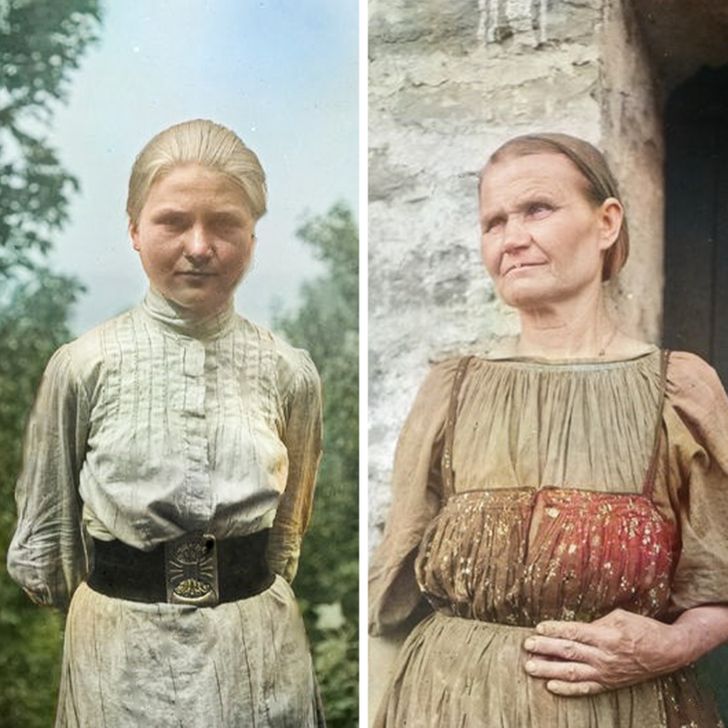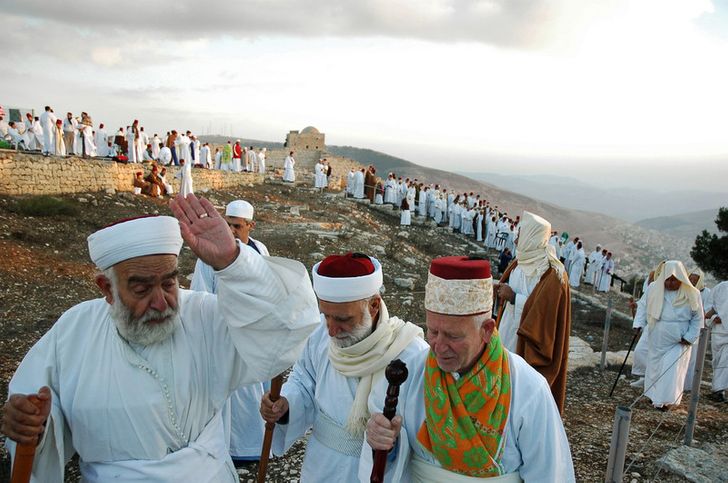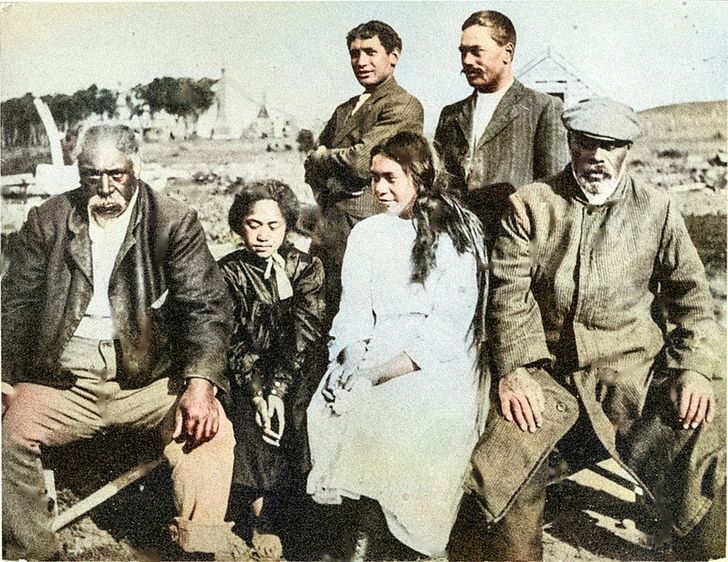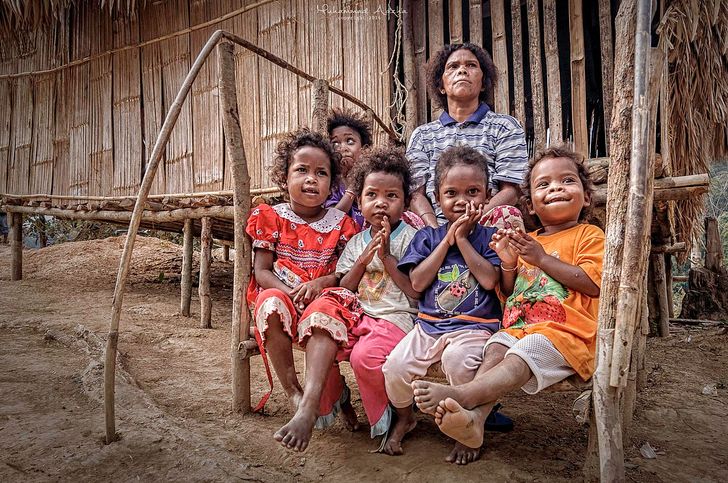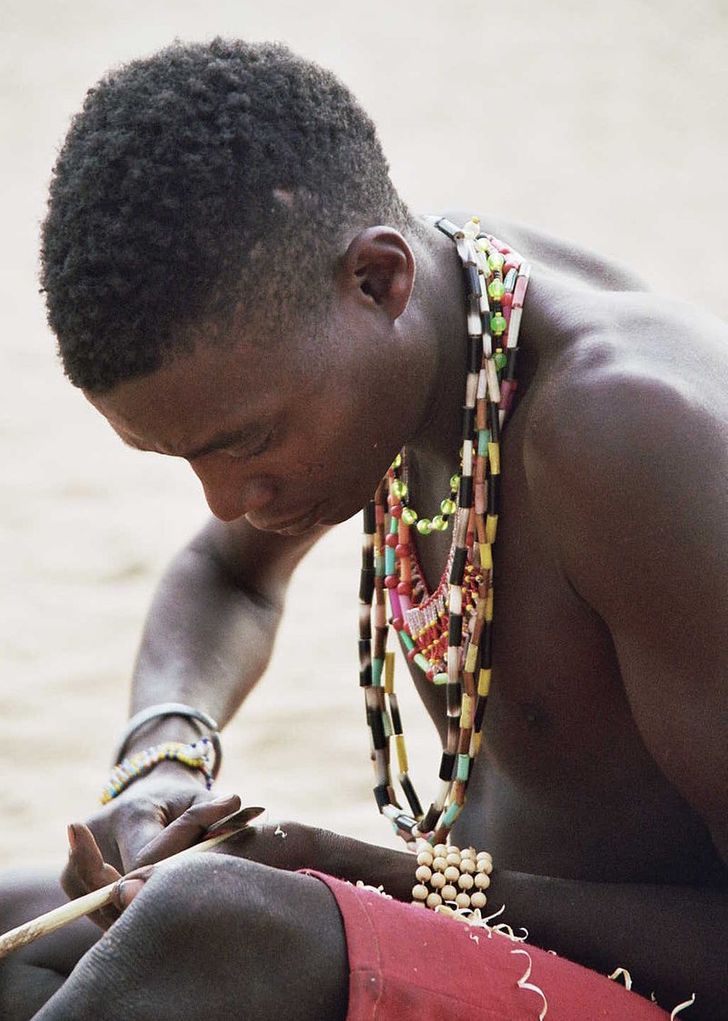I don't think that these groups can be preserved so easily. They are pretty isolated and small, and will probably go extinct at one point ?
9 Little-Known Peoples of the World That You Won’t Learn About During a Geography Lesson
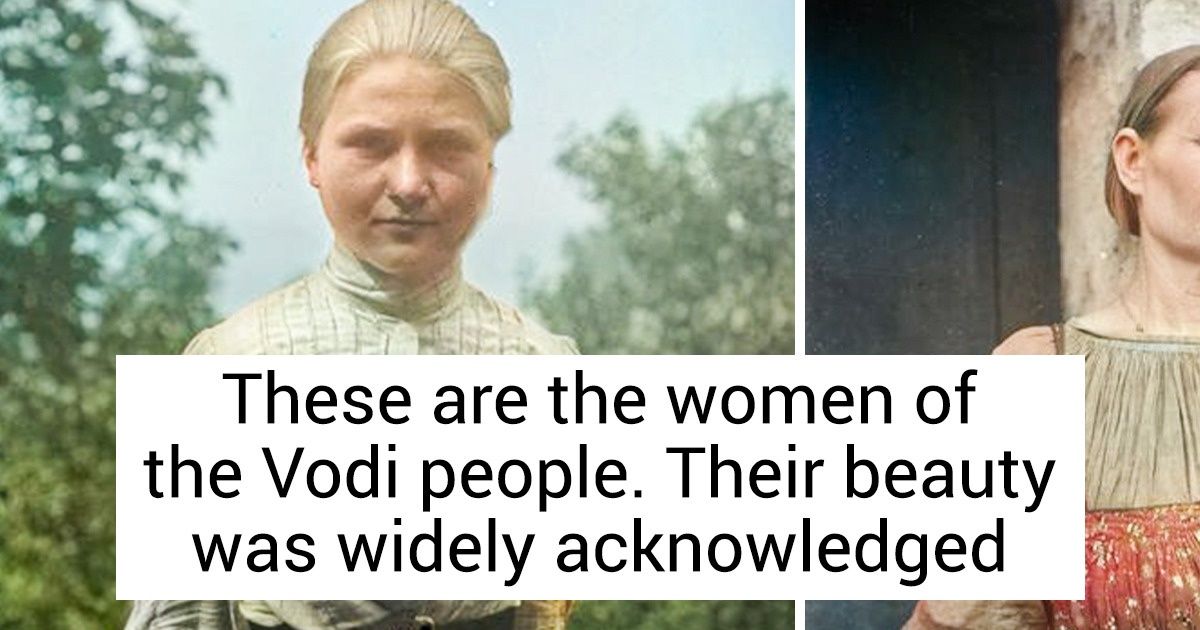
More than 7.5 billion people of various nationalities live on Earth. We are taught a lot about some ethnic groups since childhood, but there are still many of these groups whose culture and traditions remain a mystery to us. Of course, modern civilization has contributed to the inevitable assimilation of peoples, some of which are gradually disappearing. But, fortunately, many of their representatives are trying to maintain their own centuries-old traditions and customs.
We at Bright Side decided to find out what rare peoples live on Earth right now, and we were surprised to realize that we hadn’t even heard of most of them.
1. The Aleuts
This is the indigenous population of the Aleutian Islands. Most of the population lives in Alaska, but some people also inhabit Kamchatka Krai.
In 2018, about 6,700 Aleuts lived in Alaska and less than 500 lived in Russia. They have their own language that is divided into several dialects. But the truth is, their language is slowly dying — around 150 active Aleut speakers remain and the majority of the population switched to the Russian or English language. Since ancient times, animism has been widespread among the Aleuts.
Modern Aleuts live in small towns and settlements and are mainly engaged in fishing.
2. The Atacama people
Atacameños or Atacama are the indigenous people of the northern part of Chile and Argentina who live mainly in the Andes in the Atacama Desert. By the way, this desert is considered the dryest and harshest one on Earth. In some areas, it rains only once every several decades.
According to the Argentinean Census, in 2010, about 13,000 people identified themselves as first-generation Atacameños. About 30,369 representatives of this group live in Chile. The Atacama people used to use their own language, Kunza, but it was lost in the middle of the twentieth century. Now, they just speak Spanish.
3. The Baduy
The Baduy or Badui live in Indonesia, in the mountains of the province of Banten on the island of Java. Today, their population totals about 26,000 people. They lead a very isolated life. Their religion, Agama Sunda, which is closely connected to animism, likely contributes to this isolation.
The Baduy also have many things that they consider to be taboo. Some of them are pretty run of the mill — they are prohibited to kill, steal, lie, commit adultery, or get drunk. But some of the taboos might seem pretty unusual. For example, it’s prohibited for them to eat food at night, use transportation in any form, grow rice, use different perfumes, accept gold or silver, or touch money.
4. The Bororo
The Bororo live in Brazil and Bolivia. Less than 2,000 indigenous Bororo people are left today, and they call themselves “Orarimogodo.” They have their own Boe Wadáru language, but most of the population speaks Portuguese. The literacy rate is lower than 30%. The Bororo are mainly engaged in agriculture and grow corn, cassava, and rice.
A unique feature of this ethnic group is that all Bororo people have the same blood type. So each of them can become a donor to their fellow tribesmen.
5. The Vodi
The Vodi are considered to be an endangered Finno-Ugric people who live in Russia and Estonia. Today, less than 100 representatives of this group are left. Many ethnographers of the past noted that the Vodi women were beautiful with their snow-white or golden hair and blue eyes.
6. The Samaritans
Many people know the biblical expression, “good Samaritan,” which became popular because of the parable about the robbed traveler and the man who saved him. That selfless savior was a Samaritan.
In fact, the Samaritans are a special ethnoreligious group that has its own rich history. Today, they live in Israel. At some point, the number of Samaritans began to decline catastrophically, and by the beginning of the twentieth century, there were only 146 of them left. But, fortunately, this ethnic group still managed to survive. So that the Samaritans weren’t assimilated by the Jews, in 1954, the Israeli government decided to bring them together in the city of Holon. Now, their population totals around 800 people.
This ethnic group has its own calendar, but at the same time, recognizes Shabbat and the traditional Jewish eating customs. Until recently, Samaritans got married to people only within their community, but now, the leaders of the community decided to allow their people to marry Israeli Jewish people and Ukrainian women who have converted.
7. The Moriori
The Moriori are the indigenous people who live in the Chatham Islands. There’s an opinion that the last purebred Moriori person died in 1933, so modern people from this group were born into mixed marriages. But Moriori people still support their culture, language, and traditions. According to the latest census, there are no more than 800 Moriori people left in the world.
Most likely, they are the descendants of the Maori tribes, which means “ordinary people,” since they have similar languages and traditions. But this ethnic group has particular taboos when it comes to wars and violence, in stark contrast to the Maori. Their oral tradition says, “When men get angry and feel the will to strike, they may do it, but only with a rod that has the thickness of a thumb and that’s arms-length. The battle ends with the first abrasion or the first sign of blood, and then all parties should consider their honor satisfied.”
This ideology managed to prevent many destructive internecine wars and ensured a peaceful life for generations. By the way, one of the storylines of David Mitchell’s famous novel, Cloud Atlas, tells the story of the Moriori people.
8. The Semang
The Semang people live in Thailand and Malaysia. For a long time, they led a nomadic lifestyle and settled down only in the twentieth century. Today, their population doesn’t exceed 5,000 people. The Semang still have a division of labor. Men are engaged in hunting and women, in gathering, cooking, and making souvenirs. Both men and women can be shamans, but only men can be appointed mediators. According to the legend, shamans know how to turn into a tiger and communicate with spirits. And this ethnic group experiences a superstitious fear of thunderstorms.
9. The Hadza
The Hadza are an indigenous ethnic group in Tanzania whose population doesn’t exceed 1,300 people. Its representatives speak their own isolated language. Their first contact with Europeans dates back to the nineteenth century, but the origins of this ethnic group are still unclear.
Today, the Hadza people are mainly engaged in hunting and gathering. As a rule, they hunt with the help of bows and arrows with stone or iron tips. All important decisions are made in groups. Unfortunately, the Hadza population is gradually declining under the pressure from other ethnic groups.
Do you think that, in the modern world, it is important to preserve the identity of peoples, or does this not make any sense, because globalization and assimilation are inevitable anyway?
Comments
The Vodi are actually so beautiful, even the granny ?
and those natural silver hair, wow
Related Reads
12 People Who Thought It Was a Coincidence, but It Turned Out to Be Destiny
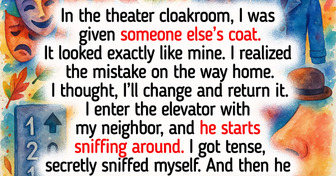
A Server Humiliated My Wife During Our Family Lunch—I Made Sure Everyone Knew

I Refuse to Let My DIL Treat My Home Like a Free Pantry

My Husband Made Me Care for His Sick Mother, So I Served a Payback He Won’t Forget

11 Heartwarming Stories That Prove Family Is Everything

I Refuse to Be My Family’s ATM Just Because I’m “the Successful One”

15 Stories That Prove the Best Families Are the Ones We Choose

I Refused to Share My Inheritance, Now My Own Kids Are Turning Against Me

12 Family Stories With a Twist That Could Rival Any Sitcom Script

15 Stories That Remind Us Kindness Is Quiet but Never Weak

I Refuse to Let the Former Owner Get Married in My Backyard—My Kindness Stops Here

20 Moments When Kindness Stepped In Like a Guardian Angel

